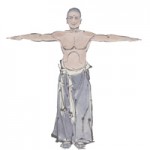 When the great Bodidharma arrived at the Shaolin Temple in the 6th Centuray AD, he taught 3 sets of Qigong exercises to the monks:
When the great Bodidharma arrived at the Shaolin Temple in the 6th Centuray AD, he taught 3 sets of Qigong exercises to the monks:
1) The 18 Luohan Hands
2) The Classic of Sinew Metamorphosis
3) The Classic of Bone Marrow Cleansing
2) The Classic of Sinew Metamorphosis
3) The Classic of Bone Marrow Cleansing
History and Translation
This article will discuss the history, philosophy, and practice of The Classic of Sinew Metamorphosis. Click on the links above for information about the other two sets.
In romanized Chinese, The Classic of Sinew Metamorphosis is written Yi Jin Jing (易筋經), which is pronounced as follows:
- ee (rhymes with “see”)
- gin (rhymes with “pin”)
- jing (rhymes with “sing”)
Yi Jin Jing is sometimes translated as The Tendon Changing Classic. Grandmaster Wong and I both prefer the translation Classic of Sinew Metamorphosis, or simplySinew Metamorphosis. In the Tai Chi and Qigong community, the term Yi Jin Jing is also widely used, even in the U.S.
Actually, the word jin refers not only to the sinews, but also the bones. This is a good example of how tricky it can be to interpret classical Chinese. When writing, scholars would often leave out words that would be obvious to other scholars. For example, the scholar who translated the Heart Sutra in the 6th Century, Xuan Zhang, abbreviated many Buddhist terms because he knew that the they were understood by other scholars. (To see what he left out, click here.)
In Bodhidharma’s time, scholars would understand that jin refers to jin-gu. (Unfortunately, not all modern scholars still know this.) So Yi Jin Jing is an abbreviation of Yi Jin-Gu Jing, or The Classic of Sinew and Bone Metamorphosis.
But it gets even more confusing! Jin-gu means more than just sinews and bones. In Chinese medicine, jin is related to the muscles, and is closely connected with the Gall Bladder Meridian. Gu refers to Internal Force, which is the internal power that manifests when you develop an abundance of Qi, especially through Tai Chi Chuan and Shaolin Kung Fu practice.
Inside the gu is the sui (sounds like “sway”), which is literally translated as “marrow”. But in Chinese medical theory, sui is more than just the bone marrow. It also refers to the nervous system. In other words, training gu also trains sui, which benefits the nervous system.
The Benefits of Sinew Metamorphosis
Thus, Sinew Metamorphosis is not just a set of calisthenics to develop tendons, muscles, and bones (which is how some people view it). It is a set of powerful Qigong techniques that bring a wide range of benefits:
- It nurtures the tendons, muscles, and bones.
- It develops fast reflexes.
- It develops courage and righteousness
- It develops Internal Force
- It clears deep-rooted emotional blockages.
- It is wonderful for spiritual cultivation.
Interestingly, when a Chinese person says gu qi (literally “bone energy”), he means “integrity and righteousness.” And when he says da dan (literally “big gallbladder”), he means “courage.” So we can see how Qigong and Chinese medicine have influence the Chinese language over centuries.
The spiritual side of Sinew Metamorphosis is simply amazing. In Zen terms, it helps you to see your Original Face. What is your Original Face? It’s your face before you were born, before the stars were born, before the galaxy was born. In other words, when you see your Original Face, you catch a glimpse of timeless, cosmic reality. I will say that this is one of the most beautiful and indescribable experiences I’ve ever had.
Hard Qigong?
The 12 postures of Sinew Metamorphosis involve subtle, internal contractions. This is why they are sometimes classified as “Hard Qigong”. It’s true that these techniques involve slightly more tension than other techniques, but “hard” isn’t quite the right word. If your contractions are too hard, you’ll miss the essence. On the other hand, if they’re too soft, you’ll also miss it.
In most of the postures, there is hardly any visible movement at all. To a casual observer, it might look like the technique is static. Those who haven’t spent time with the basics like the 18 Luohan Hands and Flowing Breeze Swaying Willow simply won’t be able to appreciate Sinew Metamorphosis. It’s too subtle, and too advanced. Even if you mimic the postures perfectly, it won’t work, just like mimicking a perfect lotus position won’t automatically make you a meditation master. You need real skill to appreciate Sinew Metamorphosis.
How Does it Work?
For those with skill, Sinew Metamorphosis is surprisingly powerful. For me, even after years of practicing these techniques, I still get a kick out of how powerful they are. With hardly any movement, and with just a dozen repetitions, suddenly there’s a ton of energy surging through my body. Cool!
How does it work? I can only speculate. My best guess is that the subtle contractions stimulate the energy meridians in the body, as if plucking a string on a guitar. Because the string has some tension in it, when you pluck it, the string resonates. It’s not a perfect analogy, but it’s probably the best we can do to explain what’s happening with Sinew Metamorphosis.
How to Practice
It goes without saying that you can’t learn Sinew Metamorphosis from a book or a video. It must be learned face-to-face. If have read about Sinew Metamorphosis inmy teacher’s books (or other books), and you are baffled, it’s because you haven’t learned the techniques in person. Once you do, you’ll be amazed.
Because these techniques are very powerful, we have to shorten the practice routine. Think of them like that super-concentrated laundry detergent which requires a smaller amount.
Duration: 10-12 minutes.
Frequency: Once weekly (beginners), or alternating days (intermediate).
Frequency: Once weekly (beginners), or alternating days (intermediate).
- Opening Sequence (1 min)
- Choose 1 technique x12 repetitions (1 min)
- Flowing Breeze Swaying Willow or Five Animal Play (5-7 mins)
- Stillness (2 mins)
- Closing Sequence (1 min)
Remember to breathe spontaneously through the 12 repetitions, but then add a relaxed exhalation through the mouth at the end of the repetitions. This exhalation activates the energy flow.
If you are new to Sinew Metamorphosis, don’t practice it every day. Do it once or twice a a week for starters. If you enjoy it (like many people do), then gradually work up to every other day. After a few months of that, you can try doing it every day.
The 12 Postures
Historical records give descriptions, but no names for the postures. For years, my teacher used names like “Flicking Fingers” and “Stretching Palms”, which are not very poetic. A few years ago, he created his own names in the classical Chinese style. Personally, I think they are great.
Zenfully yours,
Sifu Anthony
Sifu Anthony
 I'm Sifu Anthony Korahais and I help people young and old to discover the healing powers of Qigong and Tai Chi. My mission is to bring the secrets of these amazing arts out into the open, giving people the tools to heal themselves without drugs or surgery. I love sharing these amazing arts, especially with people who are fed up with conventional treatments that just aren't working.
I'm Sifu Anthony Korahais and I help people young and old to discover the healing powers of Qigong and Tai Chi. My mission is to bring the secrets of these amazing arts out into the open, giving people the tools to heal themselves without drugs or surgery. I love sharing these amazing arts, especially with people who are fed up with conventional treatments that just aren't working.
Leave a Comment or Question
Comment Rules: It's fine to disagree, but please be respectful. If you're rude, we'll delete your stuff. Have fun and thanks for adding to the conversation!
Avatars:If you’d like a picture to show up by your name, get a Gravatar.


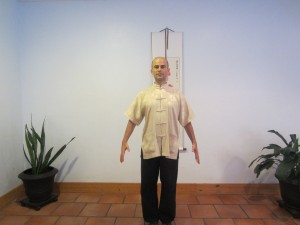


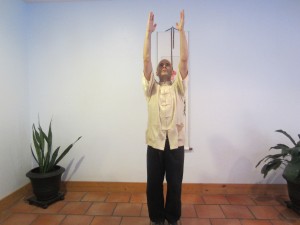
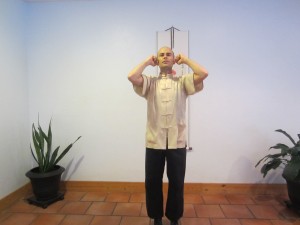

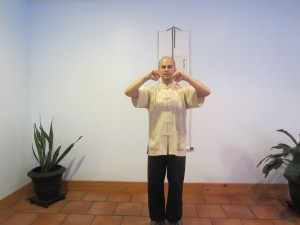
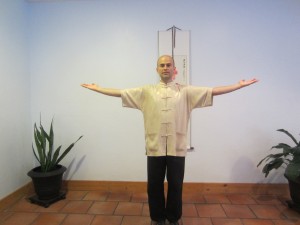
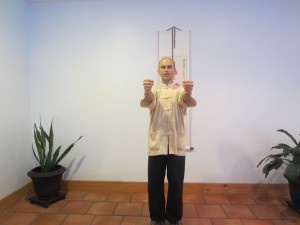
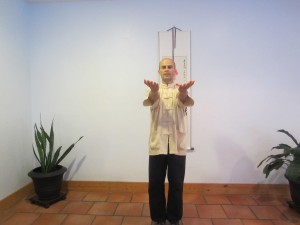
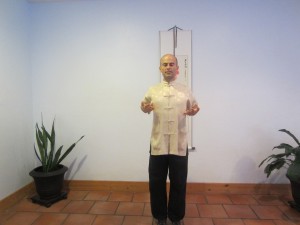
13 Responses to “History of Qigong: Sinew Metamorphosis”